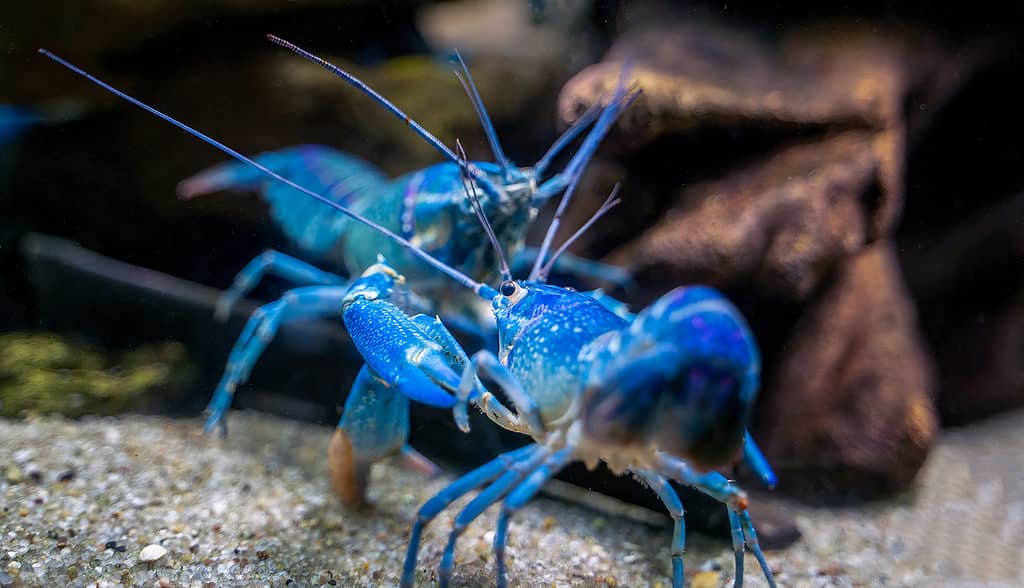Crayfish, also called crawfish, crawdads, freshwater lobsters, and other names, are freshwater crustaceans. They’re found in a wide range of habitats, from rivers and streams to ponds and lakes. These intriguing creatures have many unique habits — one of them being molting.
A recent viral video (which you can watch at the end of this article) shows a crayfish shedding its old shell. The sped-up clip features a blue crayfish actively breaking out of its shell. You can tell it’s putting in extreme effort to break free of it, and it even appears exhausted once it’s out. However, molting is a common process for various types of animals and other species.
Keep reading to learn all about the process of crayfish molting — and stay tuned for the video at the end of the article.
What Is Molting?
Molting is the process of sloughing or shedding parts of your body to make room for new growth. This includes old feathers, hair, skin, or shells. Many types of animals molt throughout the year/their life cycle, such as scorpions, certain frogs, lobsters, dogs, owls, and other wildlife.
How Often Do Crayfish Moult?
Crayfish molt quite often — typically every 15 to 25 days. This can sometimes be more or less depending on the type of crayfish, its size, and its age.

Adult crayfish typically molt between three to five times per year with young crayfish molting even more frequently.
©iStock.com/Arpan
Generally, adult crayfish molt less frequently than young crayfish; and larger crayfish molt less frequently than smaller crayfish. This is because a crayfish’s shell limits its growth, so during its growing phases throughout its life, it will shed its shell more often.
How Long Is the Moulting Process?
It usually takes crayfish one to two days (or 24 to 48 hours) to complete the entire process of molting (including the pre-molting phase). During this time, the crayfish will typically absorb a ton of water, causing its shell to expand and become looser. Once it’s able to break out of the shell, it becomes more vulnerable, as the new exoskeleton beneath the old one is fresh and not yet fully hard. This makes the crayfish more susceptible to injuries, diseases, and parasites.
As they create a new exoskeleton, they typically hide or keep themselves safe from threats. Many crayfish will also eat their old shells to absorb their nutrients and minerals.
Watch the Intriguing Molting Process of This Blue Crayfish
The photo featured at the top of this post is © padjais/Shutterstock.com
Thank you for reading! Have some feedback for us? Contact the AZ Animals editorial team.







